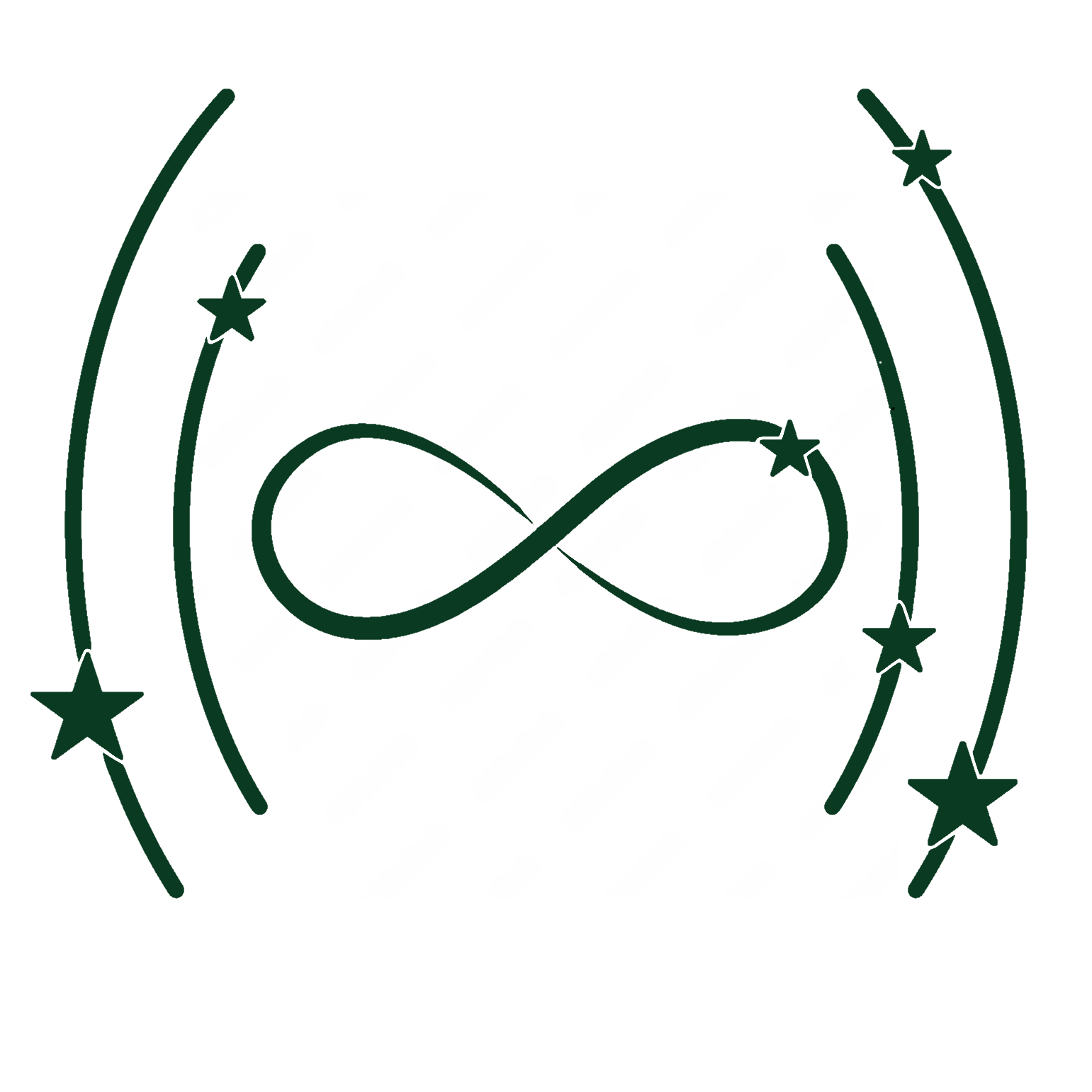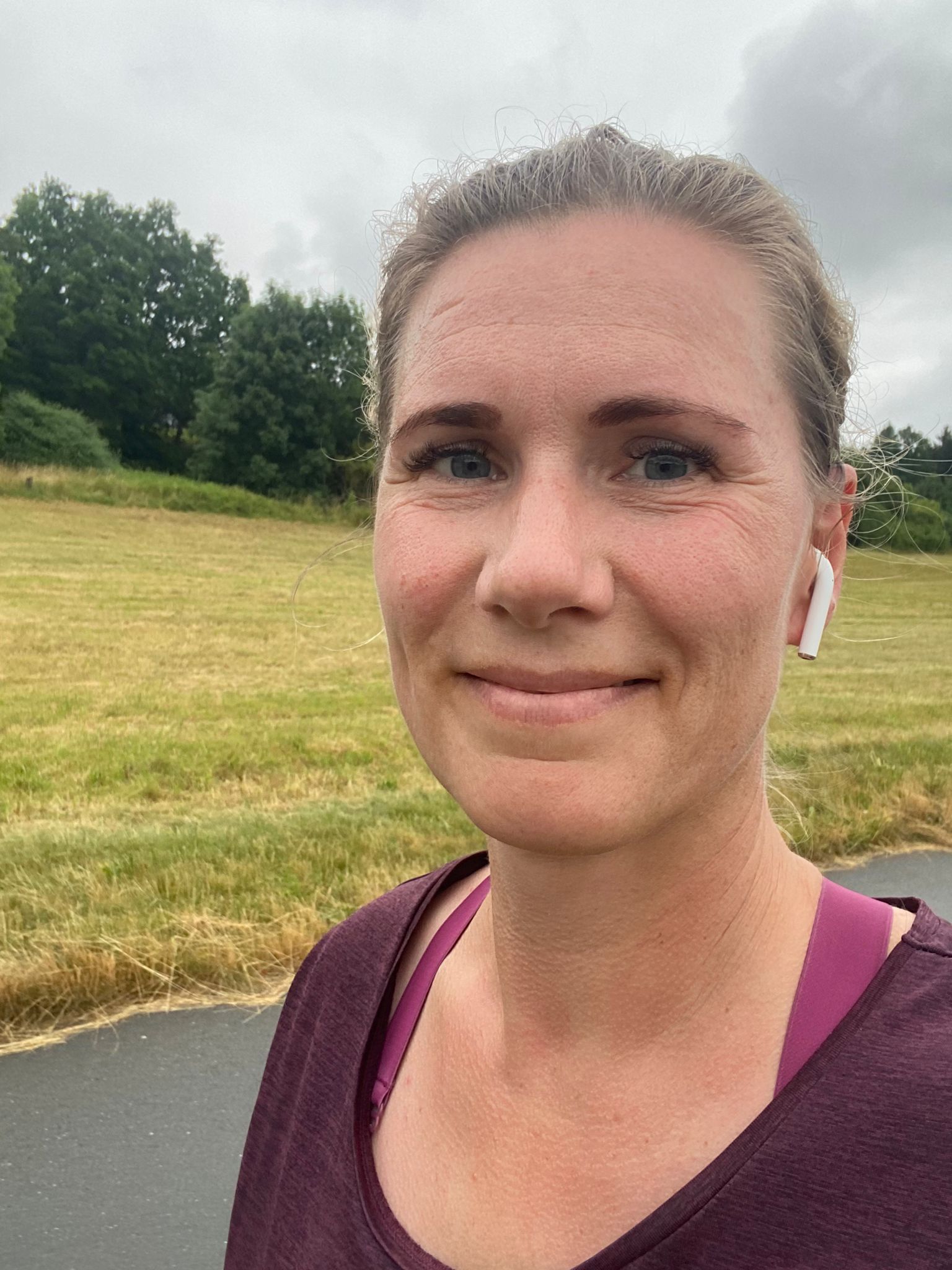A systemic perspective on inspiration, overwhelm, and the need for inner order
While listening to a podcast during my run, I enjoy the familiar mental clarity that sets in with movement (dopamine is a wonderful thing). At the same time, I notice how the input triggers a flurry of new ideas. My mind feels like a shaken snow globe filled with glowing idea-flakes: people I want to forward the episode to, things I want to look up, ways I might use the mentioned workbook in my practice. While this feels exciting, it also creates pressure and awakens a desire to retreat. I sense that if I follow every single impulse, I’ll quickly become overwhelmed, so I want to protect myself proactively.
This dilemma, or more positively phrased, this challenging balancing act, accompanies me not only while running, but also in conversations, while reading, and scrolling through the internet.
In therapeutic contexts, we often speak of resonance when referring to the subtle, sometimes elusive effects that interactions leave behind. Resonance isn’t a loud impulse; it’s an internal reverberation. It can enrich, clarify, unsettle, overwhelm, or do all of that at once.
Outside the therapy room, I encounter this kind of touch again and again: a sentence in a podcast, an image on social media, a conversation that unexpectedly deepens, a scientific article that sparks a new idea. These are moments in which something inside me begins to move intellectually, emotionally, and sometimes even physically.
And this is where an ambivalence emerges, one that many people, especially those with high cognitive sensitivity or neurodivergent perception, will recognize: Being touched by content or encounters is deeply stimulating and, at the same time, potentially overwhelming.
I often experience how my internal system flips into a state of heightened activity after such moments. Thoughts reconfigure, associations emerge, and new ideas for projects, texts, or formats surface. It feels like a cognitive explosion: rich, alive, and barely contained.
From a systemic perspective, these processes are not disturbances, but expressions of an active, connected inner system. It is a sign of vitality when inner movement responds to outer stimuli. But vitality is not synonymous with productivity and that’s often where the challenge begins.
Because every spark of inspiration carries, at least potentially, an expectation: I could do something with this. Maybe I should.
In systemic language: the impulses activate inner mandates. They reawaken parts that want to act, structure, and make things visible. Simultaneously, other parts, those seeking rest, integration, completion, come under pressure. The result is an inner goal conflict that many don’t consciously notice but feel instead as overwhelm or self-criticism.
I observe in myself and in many clients that dealing with these resonance phenomena is less a matter of discipline and more a matter of attitude.
How do I cope with being permeable?
How do I shape my own filters?
How do I find a dosage that doesn’t tip into avoidance but also not into being overwhelmed?
Systemic counseling doesn’t offer recipes, but it does trust in the power of self-observation. In my case, that means I consciously create space, dedicated time blocks in a distraction-free setting, for sorting. Not to be more productive, but to recognize connections, complete things, and gather fragments into coherence. I write not to deliver, but to understand myself and the world. I don’t ask myself what more I should take in, but rather: What truly belongs to me?
Because not everything that touches me belongs in my life. Some impulses can simply pass by. Not everything must be processed, acted on, or published. Letting go of a thought is not failure. It’s an act of self-care. Often, it helps me to write everything down and then revisit it a day or a week later, asking: Which of these still speak to me?
Perhaps this is the key skill we need in an age of constant availability:
To pause between stimulus and response.
To create space between impulse and output.
To distinguish between “That’s interesting” and “That’s mine.”
And maybe that space begins with one simple question:
What touches me and what do I want to do with it?
So glad you’re here. 💛


Leave a Reply